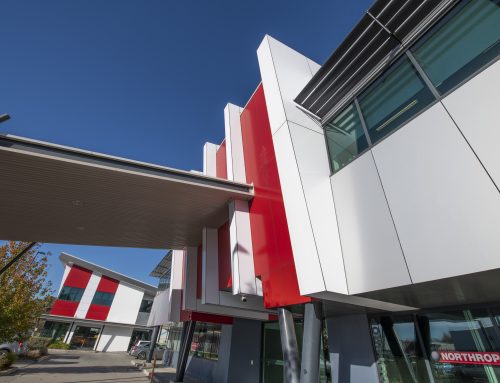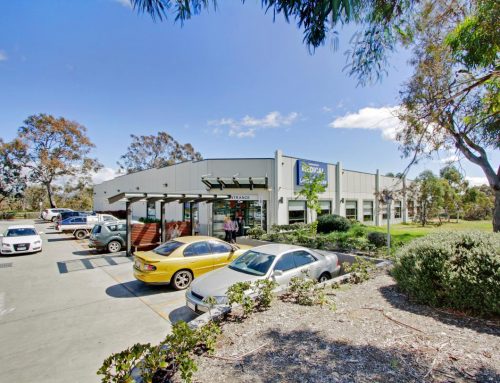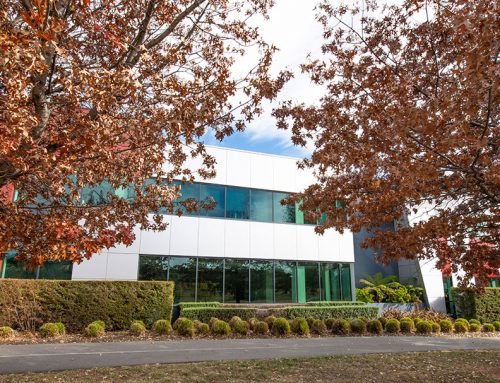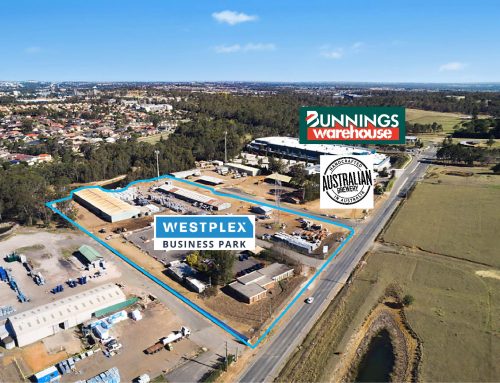This story is not financial advice: let’s look at the pros and cons of residential and commercial real estate as an investment. Your circumstances may vary, so always seek professional advice before you invest in anything.
I’m going to focus on returns. For over 20 years, investors have been faced with a low interest economy with respect to returns. The RBA Cash rate has been below 10% since 1994.
So where do investors go hunting financial returns that generate real income growth and capital growth over inflation?
Some of our readers will recall paying double-digit mortgage interest rates and for those who were lucky enough to invest would have enjoyed significant cash returns.
If you had invested in an All Ordinaries type fund for the last 10 years, you might not be too happy with yourself either, your investment may be just holding its start value.
Residential or Commercial Real Estate? Which one is for you?
Residential returns on property, whilst stable, deliver an income stream, which is marginal over inflation. Returns are typically less than 5%.
Residential property is subject to vacancy and depending on the area that you invested in, can have a significant effect on returns. Residential property is also subject to regular refurbishment and repairs courtesy of the wear and tear of tenants.
It would be naive to think that every tenant is perfect in a residential property and whilst management companies charge anywhere up to 8% to manage residential property there is no guarantee that they will continually supervise the upkeep of your residential property ensuring that its value is protected. Diligence is critical in this type of investment and careful vetting of tenants is essential.
Conditions that effect residential property investment returns depend on where your residential investment property is located. If you pick the right suburb and attract quality tenants, then the risk of damage to property is reduced. That does not reduce your exposure to refurbishment, ongoing repairs and vacancy. Boom or bust towns across Australia have attracted residential investment; with the lure of large rents and with the current downturn in commodity prices, mining towns have seen vacancy rates increase.
As a comparison, commercial property is somewhat different. The entry price to commercial property is often higher than residential property; but the metrics are different.
What is a clean yield?
A clean yield is income or growth not affected by ongoing repairs and maintenance or costs associated by tenancy. If you have invested in a residential property, carpets, light fittings, window dressings and even landscaping require regular replacement and maintenance to keep the property up-to-date and in a rentable condition, especially when vacant. These costs rarely are paid by tenants. Whilst in some areas the residential property rental market is tight, in some areas tenants get to pick and choose which residential property they will rent and obviously the most attractive with the best features is rented first.
In my view, commercial property delivers the “cleaner” yield: in most cases the tenant is responsible for all outgoings. Increases in Body Corporate fees, maintenance items and even make good clauses in leases all contribute to the “clean” yield that commercial property can deliver.
Commercial property owners are also exposed to vacancy as well and it’s very important that you choose the correct commercial property in a growth area to ensure that vacancy risk is minimised.
In some areas commercial properties have never been tenanted despite being built up to 5 years ago. Picking the right commercial property, in a growth location, with long-term leases and rent escalation clauses can deliver real income growth along with genuinely “clean” income returns.
Financing Considerations
All Property investment is capital intensive and is no way you can get away from the need to inject capital. The days are well and truly past where banks would lend 100% or more even on investment property.
With the RBA tightening the screws on banks with respect to residential investment loans the opportunity to invest in residential property has ben reduced and this has been designed to take the heat out of the housing market so the first homebuyers especially can enter the market on an equitable basis.
Equally, whilst no prudential brakes appear on commercial property lending, LVR ratios over the last few years have widened. In my view property as an investment can deliver solid cash and capital returns, with one caveat: do your homework!
I am not sitting on the fence: my preference is for commercial property. My experience is that commercial property well located and with the right tenant offers a very solid growth metric and if you follow the rules of investing can offer significant returns over inflation.
Younger investors need to make investment decisions much earlier than generation Y. Whilst they have time on their side they do not have double digit returns to build wealth that our parents enjoyed. Get in early and invest well!
Author Dallas Dogger is a Director of Capital Holdings Pty Ltd, with property under management for private investors exceeding $45 million.







